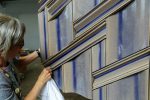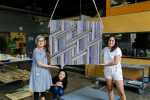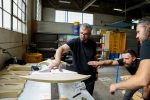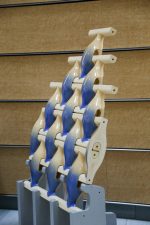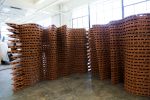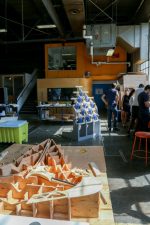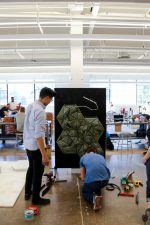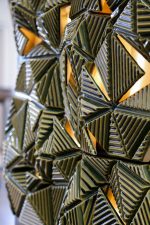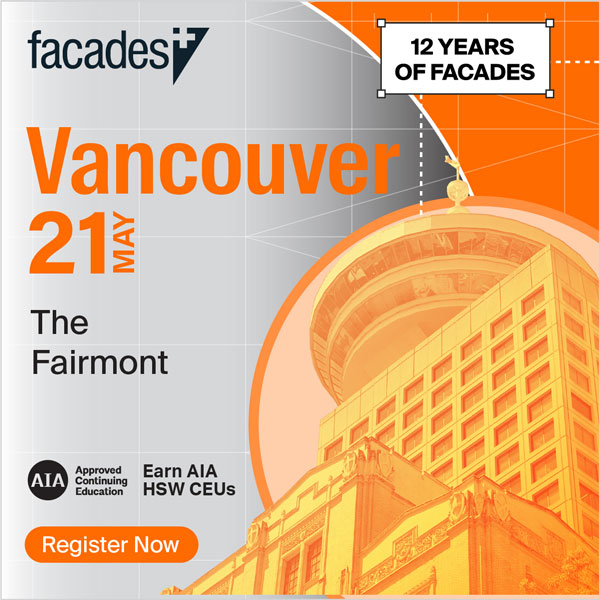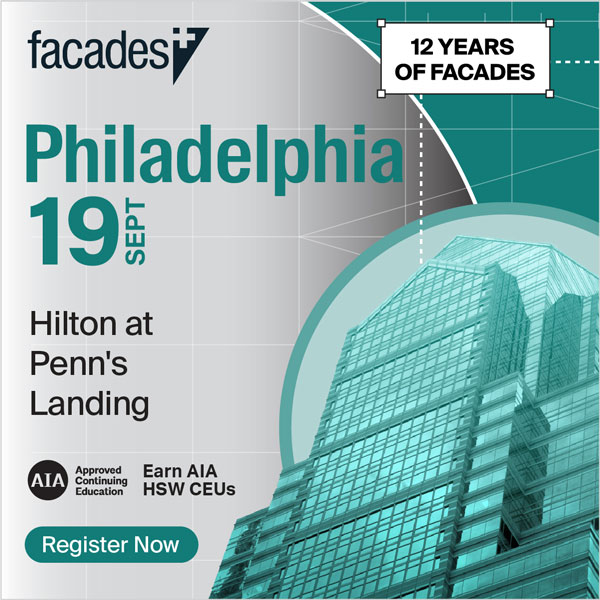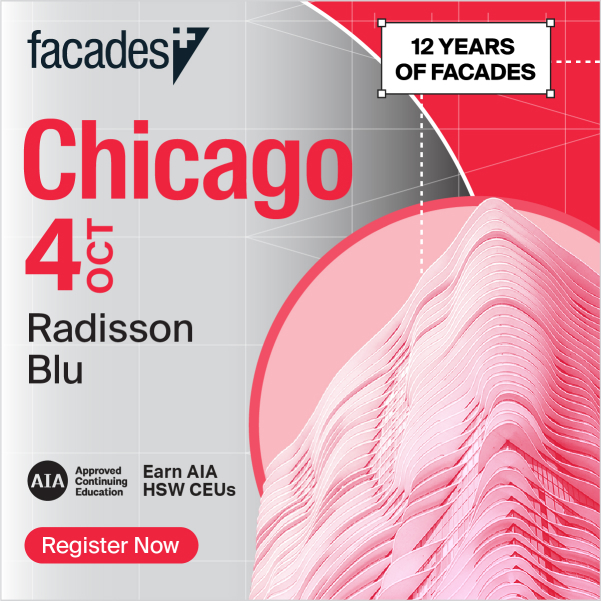Now in its fourth consecutive year, the Architectural Ceramic Assemblies Workshop (ACAW) has reached a new level of maturity. The annual conference, hosted in Buffalo, New York, counted a total of nine teams hailing from leading architectural and engineering firms across the country. For attendees, the gathering is an opportunity to part the veil behind the architectural terra-cotta manufacturing process, experiment with new concepts, and physically transform them into full-scale prototypes.
The collaborative project is the product of an ongoing partnership between manufacturer Boston Valley Terra Cotta (BVTC) and the University at Buffalo School of Architecture and Planning (UB/a+p); engineering firm Walter P Moore served as an additional sponsor for the event.
Buffalo, New York is home to a broad range of 20th-century architectural heritage. It should then come, perhaps, as no surprise that BVTC made its bones in the field of architectural preservation. The company, originally founded in 1889 as Boston Valley Pottery, was purchased by the Krouse family in 1981 who converted the operation into a manufacturer of architectural components. Beginning with local restoration projects such as Louis Sullivan’s Guaranty Building, BVTC has since partnered with UB/a+p in the use of digital documentation to mass-produce historic architectural pieces. The use of digital design has facilitated BVTC’s ascent in the field of custom terra-cotta assemblies; current projects range from Kohn Pedersen Fox’s (KPF) supertall One Vanderbilt to Morphosis’s Orange County Museum of Art.
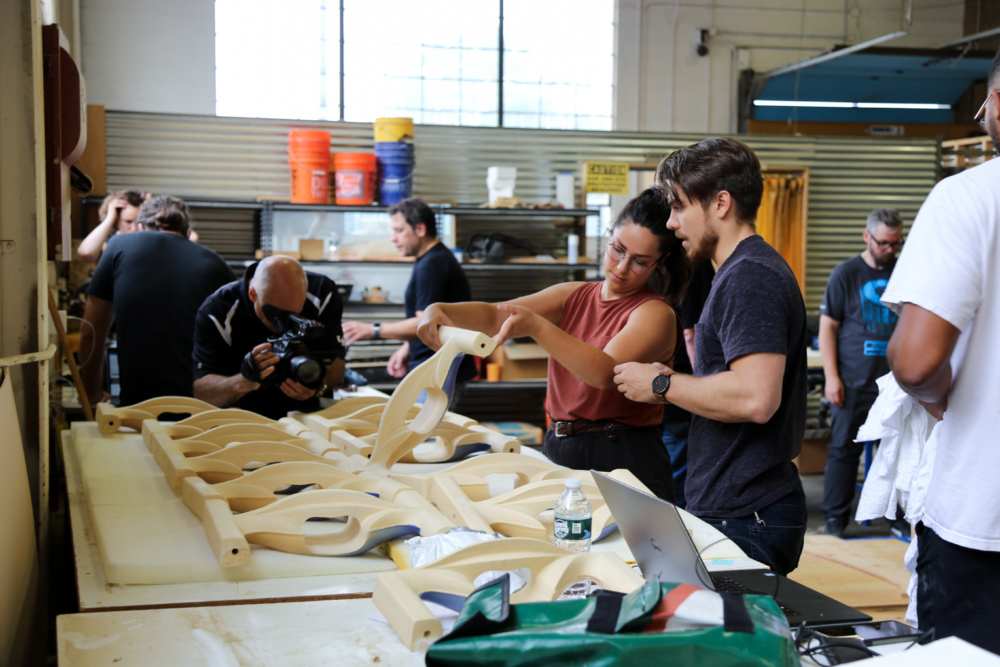
The teams were made up of new attendees and familiar faces who had developed their prototype concepts in the months leading up to the conference. The prototypes largely followed the ACAW statement of intent, which encouraged an exploration of the intersection between ceramic furniture and cladding. Projects ranged from SHoP Architects’ self-supporting structure formed of interlocking terra-cotta units to KPF’s manipulation of geometry and glaze embedded atop a concrete panel.
There was also a significant alteration to the overall procedure of the conference. Andy Brayman, founder of the Kansas City ceramics collaborative Matter Factory and past ACAW attendee, recently partnered with BVTC to develop the company’s first off-site Research & Development Lab within his own facility. “This strategy is helpful when taking on the ACAW projects which by their very nature contain at least one element (and often several) that could be considered experimental,” said Brayman. “The bulk of the technical know-how comes from BVTC and it is augmented by research that has been done at the Matter Factory. Taking the projects out of the main factory that is focused on the production of existing jobs allows a different dynamic to take place.” The conditions present at the BVTC are effectively replicated at the Kansas City collaborative as the gas-fired kilns are produced and calibrated by the same Italian manufacturer.
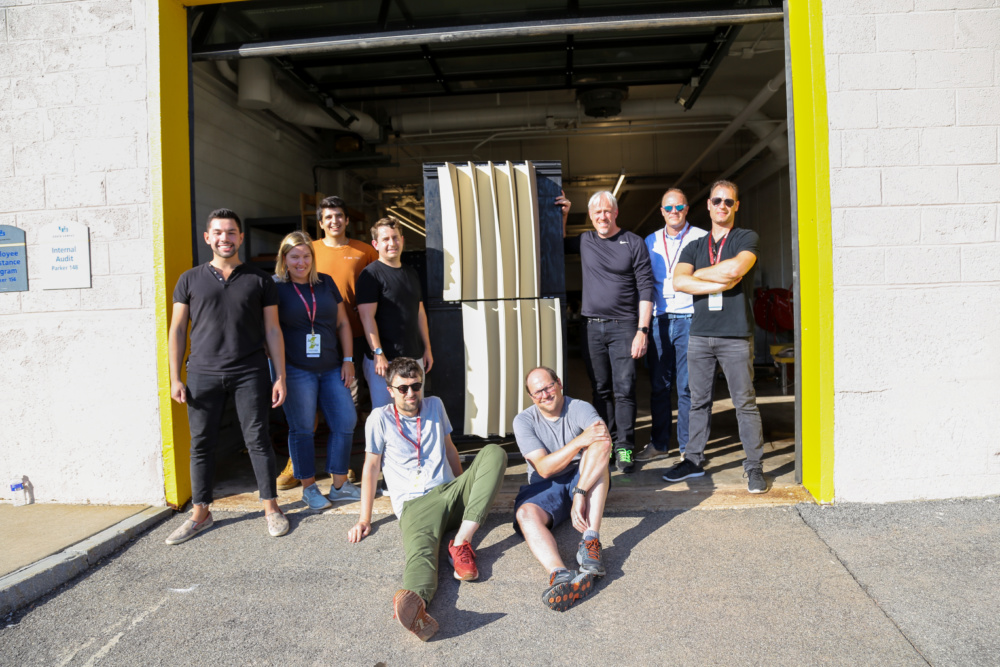
Keynote speakers, many of them also workshop attendees, included Andy Brayman; Dr. William M. Carty, a ceramics professor at Alfred University; Billie Faircloth, partner at KieranTimberlake; Sara Lopergolo, partner at Selldorf Architects; Sameer Kumar, director of enclosure design at SHoP Architects; Jason Vollen, vice president High Performance Buildings AECOM.
What is the overarching goal of this annual earthenware gathering? According to UB/a+p associate professor and conference organizer Omar Khan, “ACAW’s ambition is to make Western New York a recognized center for architectural ceramic research. It is the only one of its kind and we feel that it will influence design and innovation in terracotta usage. From this year’s success, we are already receiving many inquiries to participate next year but our intention will be to internationalize the participants to some extent. This will put other issues and traditions in the mix, which we feel will help us better address more global concerns.” Let’s see what the future has in store for this corner of the Empire State.
